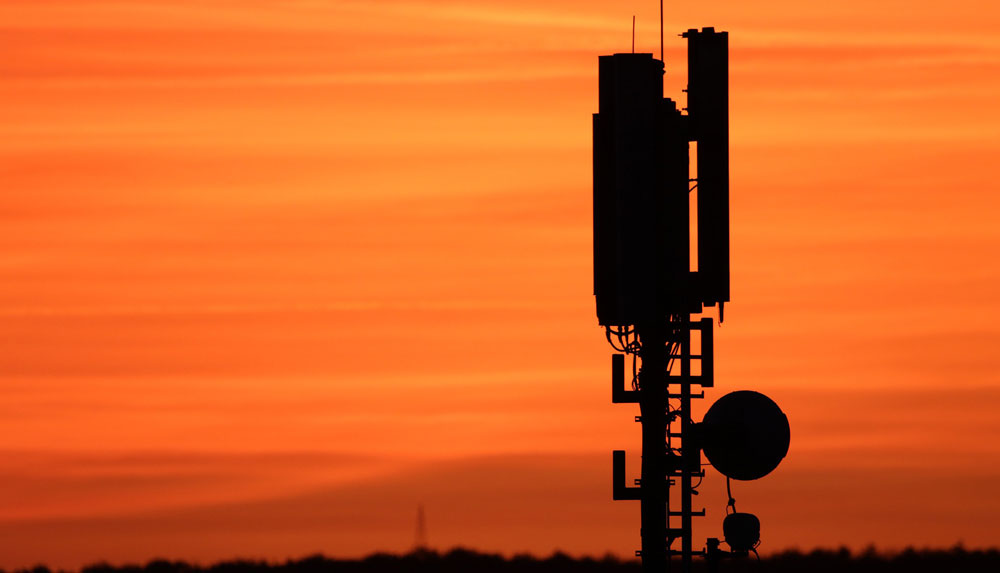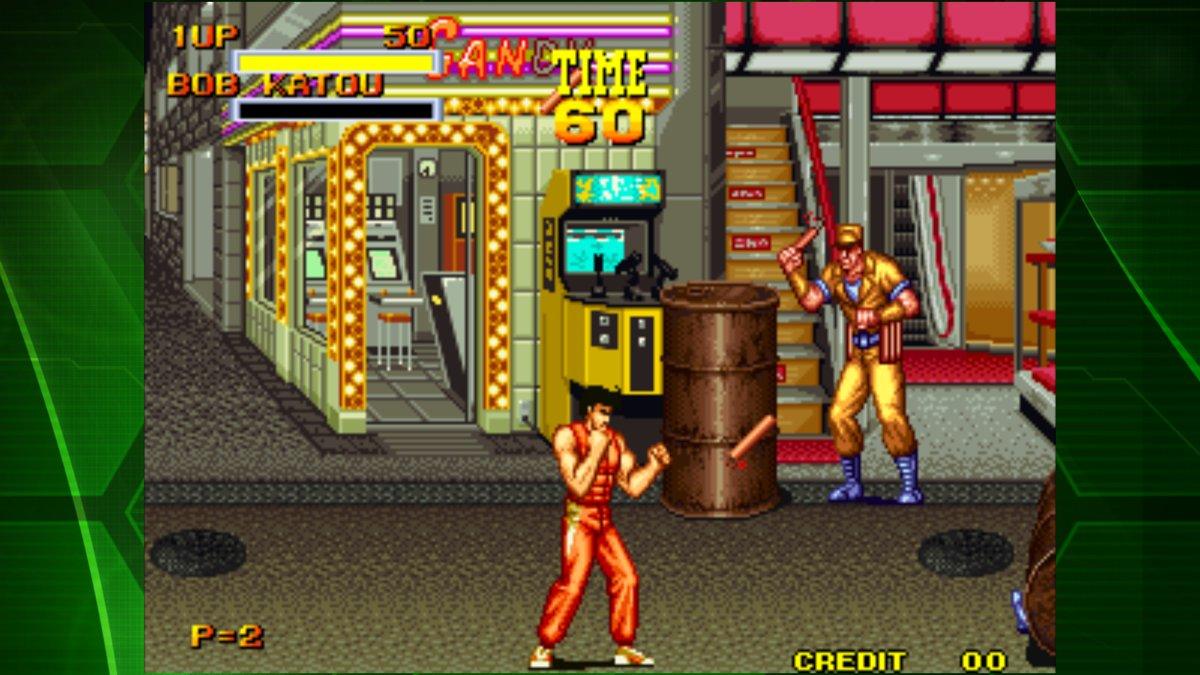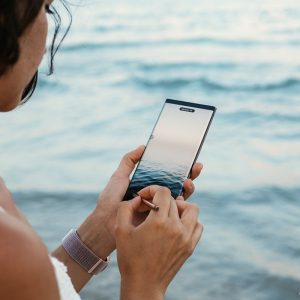Since the flood disaster in North Rhine-Westphalia and Rhineland-Palatinate, voices have been heard repeatedly calling for the use of cellular broadcast-based warning systems. We explain what technology can and cannot do.
Since the introduction of mobile digital communications, there has always been the possibility of sending messages. Like SMS, cellular broadcasting is also part of the GSM standard. In Germany, SMS was not offered at first, then it was free and finally for a fee.
Even the first GSM-based cell phones were able to send and receive messages and had either a button suitable for them or an item in the menu. Cell broadcasting was already used in the 1990s and increasingly in the 2000s. In addition to sports information, the service also distributed the current time (with an accuracy of up to 10 minutes).
However, due to the amazing progress of the mobile internet, the service has been largely forgotten. But how does cellular broadcasting work? Is the system similar to SMS? Are there any user costs? How reliable is everything? What is the use of the system in the event of a disaster?
How does cellular broadcast work?
In many countries around the world, including Europe, cellular broadcasting is already used for regional and national warning systems. This technology makes it possible, for example, to send a message to all mobile phones (smartphones and “ordinary” mobile phones) registered in a radio cell. The sender has to send this message only once and get all the devices in the respective cell and display it – similar to an SMS.
With cellular broadcasting already deeply rooted in the standard, the service is very robust. This means less exposure to error. Almost all smartphones (including iPhones) can handle this standard and no additional app installation is required. There is also no need for an active data contract. In most cases, a SIM card is not necessary even if a cell phone can log into a radio mast without it.
That should work in most cases, because that too emergency call 112 does not require a SIM card. The latest versions of the cellular broadcast standard (according to Wikipedia) can reach hundreds of thousands of cell towers and therefore several million cell phones in a matter of seconds. Additionally, the service is largely anonymous, so there are no data protection concerns.
Both regional warnings (via a limited number of transmission towers) and national warnings are possible. There are no costs (in fact) to the user. A scenario could arise in which wireless service providers, however, offset implementation costs by the customer. Estimates assume up to 30 million euros. But this is just a guess.
Of course, the benefit in the event of a disaster depends largely on the particular disaster. If – as in the case of the floods in North Rhine-Westphalia – if cell phone coverage is disrupted, then cell broadcasting will not stand a chance either. However, if a large-scale population could be warned in advance, it would be a time advantage.
Warn-Apps vs Cell Broadcast
Compared to Internet-based warning applications such as “Nina“(According to BBK, Federal Office for Civil Protection and Disaster Protection, about 10 million installs) The service will certainly have the advantage that it is already active on the mobile phone. The user does not have to install anything. So the probability of reaching more people is higher.
Warning systems like cellular broadcasts aren’t 100% secure either. At the beginning of 2018, there was a television channel broadcast on the island of Hawaii before an upcoming channel missile attack warned. Then panic erupted until shortly afterwards came the corrected report.
The so-called “Warning DayBBK revealed the weaknesses of the “Nina” system. No, incorrect or late reports were sent. The BBK Alert Day planned for this year (2021) has been cancelled. according to plans Federal government Supposed to be cellular broadcast next year Come. Maybe before the next warning day (September 2022) and even better before the next catastrophe.
information: WikipediaBank of Bahrain and Kuwait, Tajishaw
Photo: Pixabay.

“Devoted gamer. Webaholic. Infuriatingly humble social media trailblazer. Lifelong internet expert.”





